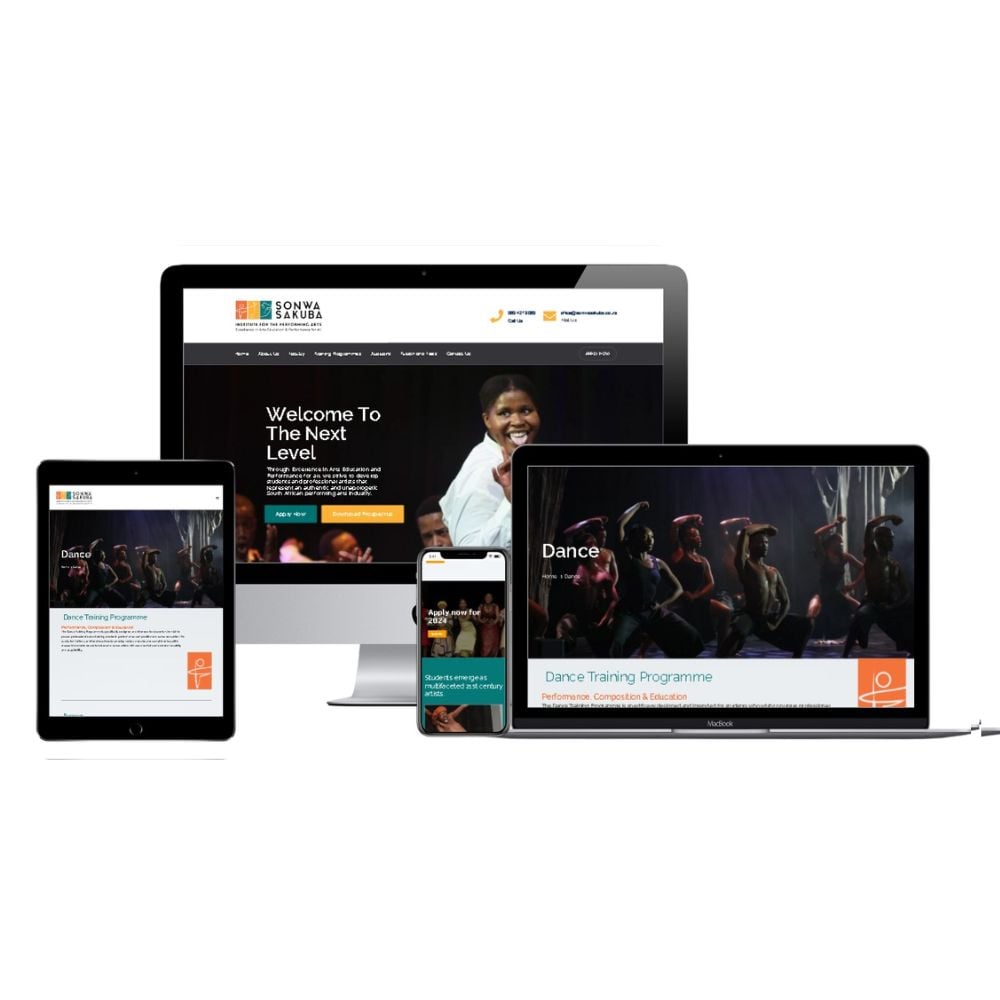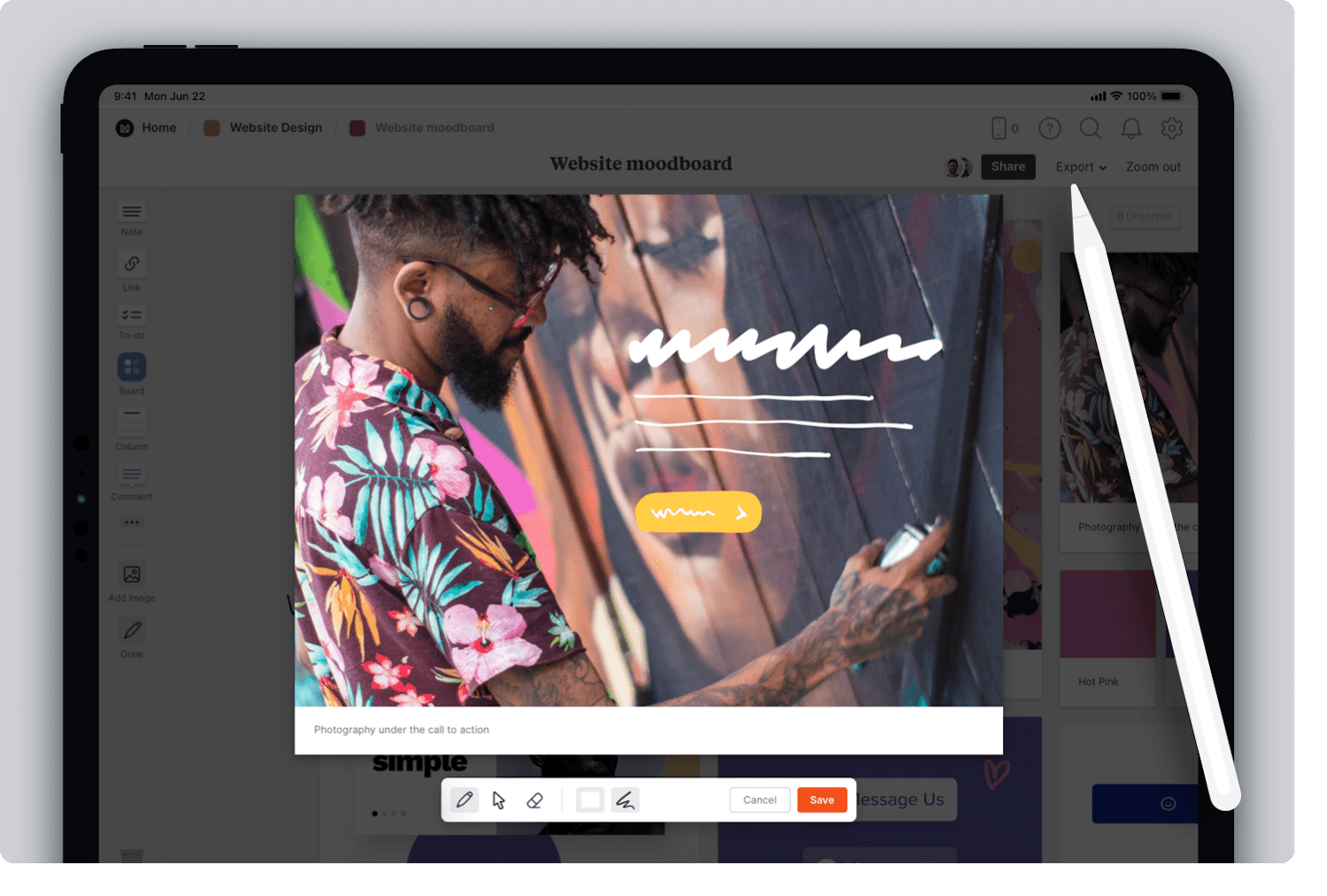Discover the Latest Trends in Website Design in copyright for 2024
Achieve Online Success With User-Friendly Web Site Layout
In the progressively affordable digital landscape, the layout of a web site can be a pivotal element in figuring out a business's success. User-friendly design not only boosts the overall customer experience yet additionally influences key metrics such as conversion, retention, and involvement rates. By focusing on user-friendly navigation and accessibility, companies can foster an extra inclusive setting that interest a more comprehensive target market. Nevertheless, understanding the details principles and attributes that add to effective design needs a better examination of present patterns and best practices, which can disclose chances for significant improvement.
Relevance of Individual Experience
Customer experience (UX) plays a critical duty in the success of an internet site, as it directly affects customer contentment and interaction. A positive UX makes sure that visitors can browse the site easily, accessibility info rapidly, and full wanted activities, such as authorizing or making an acquisition up for a newsletter, without irritation.
In an electronic landscape where competitors is tough, a site that prioritizes UX can dramatically improve brand commitment and retention. Users are much more likely to go back to a website that uses a seamless experience, creating a cycle of repeat check outs and enhanced customer life time value. Moreover, reliable UX layout can lower bounce prices, as individuals are much less likely to leave a website that meets their requirements efficiently.
Furthermore, search engines increasingly think about customer experience variables when ranking sites. Thus, investing in individual experience is essential for achieving long-lasting success in the digital market.
Secret Principles of User-Friendly Style
An effective easy to use layout depends upon numerous key principles that enhance usability and access. Is simplicity; a clutter-free user interface enables users to navigate effortlessly, minimizing cognitive tons. This principle emphasizes the importance of concise and clear content, allowing users to locate info swiftly without unnecessary diversions.
Uniformity is an additional essential component. Regular use shades, designs, and font styles cultivates knowledge and develops depend on. Individuals must really feel comfortable as they discover various sections of the web site, knowing that similar elements indicate associated capabilities.
Reliable typography likewise plays an essential duty in easy to use design. Legible typefaces, ideal dimensions, and adequate spacing make certain that web content is quickly readable throughout different tools. Moreover, incorporating user-friendly aesthetic pecking orders aids individuals identify vital info and activities at a glimpse.

Important Attributes for Navigation
Efficient navigating is crucial for any type of easy to use internet site, as it directly impacts the general individual experience. A well-structured navigating system allows individuals to situate details quickly and effectively, minimizing aggravation and enhancing interaction.
One important function is a instinctive and clear food selection that categorizes material practically - website design copyright. This food selection should be easily obtainable from every web page, typically placed at the leading or on the side of the internet site. In addition, incorporating breadcrumb navigation helps users understand their place within the website power structure and makes it easier to backtrack
Search functionality is another important component, enabling users to find specific content without sifting through several web pages. This function ought to be plainly shown and responsive to variants in input.
Furthermore, a mobile-responsive layout makes certain that navigation remains seamless across gadgets. As mobile usage proceeds to climb, food selections need to adapt to various display dimensions without compromising performance.
Finally, aesthetic signs such as highlighting the active page and making use of hover impacts can boost user interaction. By incorporating these crucial features, internet site developers can produce a navigational experience that is not just straightforward yet likewise urges exploration and retention.
Availability Considerations
Ease of access considerations are essential to producing an easy to use site that satisfies all people, regardless of their abilities or disabilities (website design copyright). Web sites must be designed to guarantee that users with visual, acoustic, cognitive, or electric motor disabilities can involve with content efficiently. This starts with adherence to the Internet Content Availability Standards (WCAG), which supply a framework for making electronic web content a lot more obtainable
Secret methods include using descriptive different message for images, ensuring shade contrast ratios meet ease of access standards, and offering subtitles for multimedia elements. Furthermore, the navigating must be user-friendly, permitting customers to tab through links and interactive components quickly. Implementing keyboard navigation is vital for those not able to use a mouse.
In addition, concise and clear language improves understanding for individuals with cognitive restrictions. Kinds need to be simple, with labels and guidelines that are understandable. Normal availability testing, including user feedback from individuals with handicaps, can assist improve and determine barriers use.
Gauging Style Success

Customer feedback surveys and use testing are important in assessing the performance of style elements. These techniques enable developers to gather straight input from customers, determining discomfort points and locations for improvement. Furthermore, tracking heatmaps can reveal where users click most regularly, helping to educate layout modifications and content prioritization.
Analytics devices play an essential role in measuring style success by supplying data-driven understandings. Google Analytics can track customer habits, disclosing patterns that show whether the design is impeding the customer or assisting in journey. Eventually, a successful site design not only meets organization goals however likewise fosters a smooth and enjoyable individual experience, driving interaction and loyalty gradually. Routinely taking another look at these metrics makes sure that the web site progresses in alignment with customer requirements and market finest practices.
Verdict
Finally, straightforward site style is critical for achieving on-line success. Prioritizing user experience through simplicity, instinctive navigating, and efficient feedback devices not only improves customer engagement and contentment however additionally fosters brand name commitment. Including essential navigation functions and availability considerations even more makes sure that all individuals can properly engage with the site. Inevitably, gauging layout success offers beneficial insights that assist continuous improvement, solidifying a strong on the internet existence in a competitive electronic landscape.
Internet sites need to be designed to guarantee that customers with visual, auditory, cognitive, or electric motor problems can involve with content efficiently.Gauging click for more info layout success entails examining how effectively a site satisfies its intended goals while providing a positive individual experience. Google Analytics can track user habits, exposing useful reference patterns that indicate whether the style is impeding the individual or facilitating journey. Ultimately, a successful web site layout not only meets company goals but additionally fosters a smooth and satisfying individual experience, driving interaction and commitment over time. Focusing on user experience via simplicity, instinctive navigation, and reliable comments systems not only enhances individual engagement and contentment however likewise fosters brand loyalty.